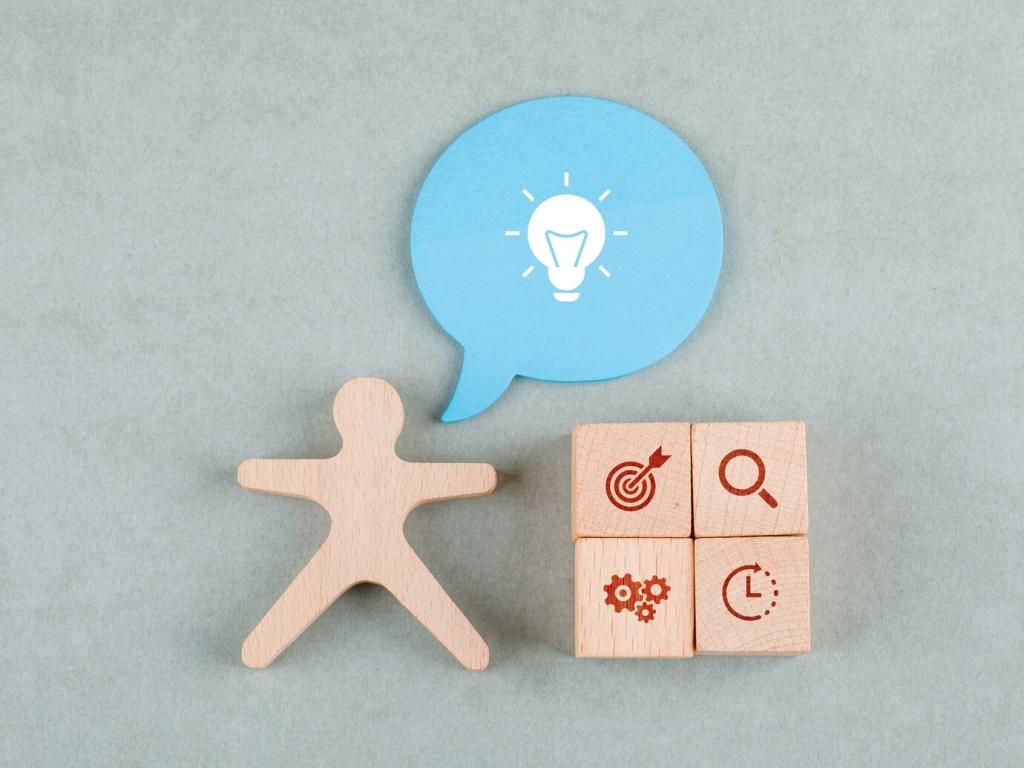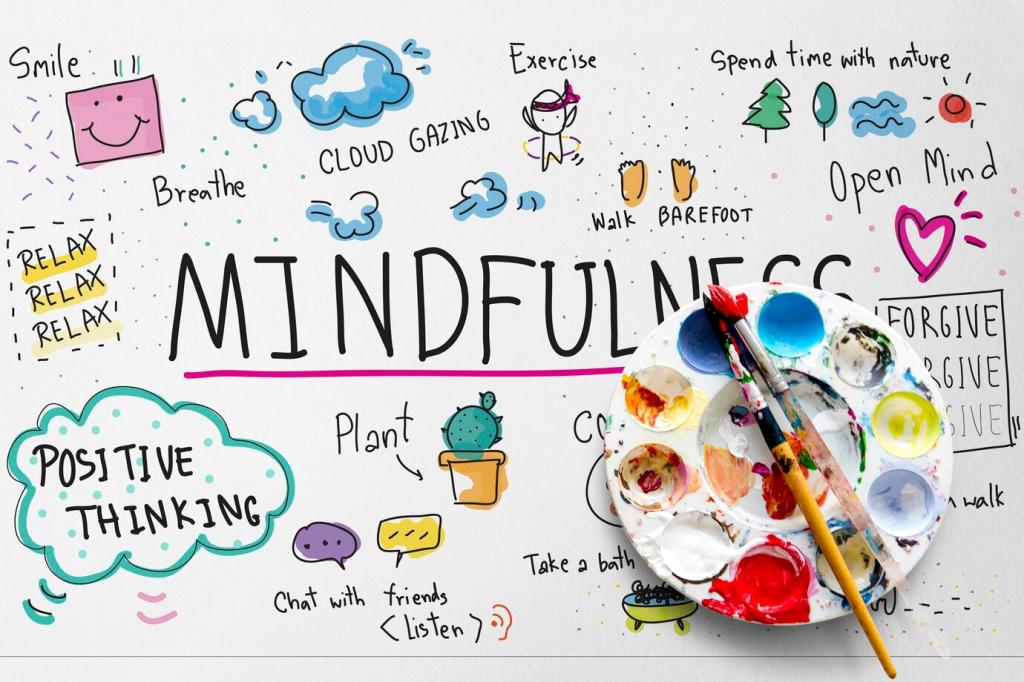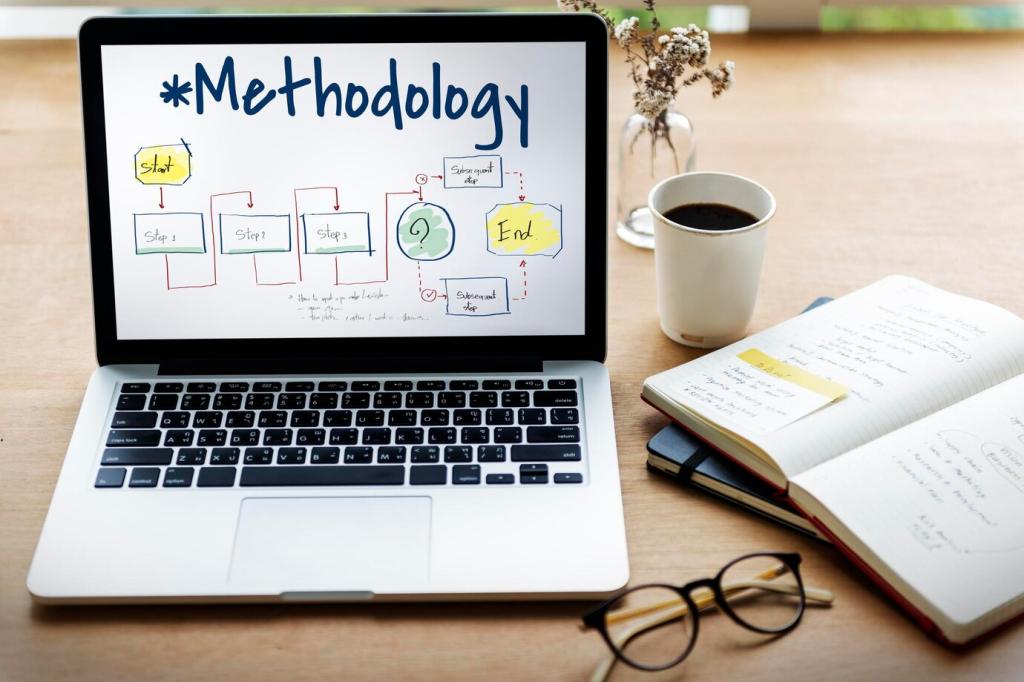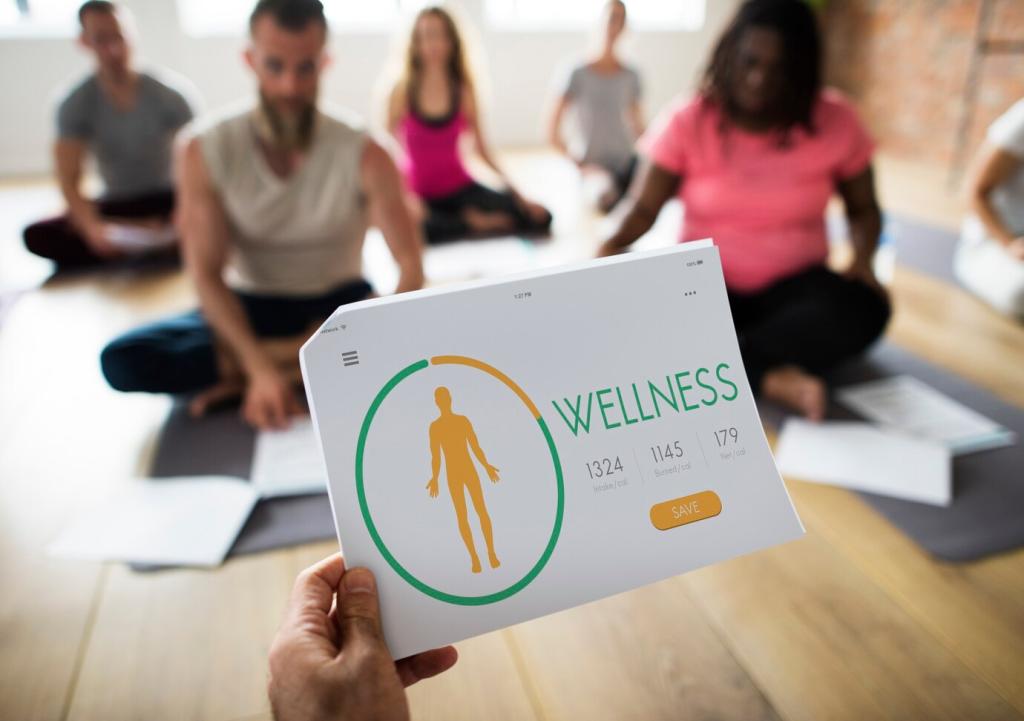
Developing a Mindfulness-Based Stress Reduction Program
Chosen theme: Developing a Mindfulness-Based Stress Reduction Program. Welcome to a practical, heart-centered guide for building an MBSR journey that feels humane, evidence-informed, and grounded in real lives. Whether you are a clinician, educator, or community leader, we’ll help you shape an eight-week arc, craft safe spaces, and nurture habits that sustain calm long after the course ends. Subscribe to receive weekly templates, practice scripts, and reflection prompts tailored to your unique group.

Eight Weeks, Real-World Skills
The classic MBSR arc unfolds over eight weeks to build rhythm, confidence, and depth. Participants learn to notice breath, sensations, and thoughts without judgment, then apply that awareness to work, caregiving, and everyday stressors. Invite readers to comment on what weekly time and format would fit their lives best.

Science That Supports the Practice
Decades of research, beginning with Jon Kabat-Zinn’s work, show reduced perceived stress, improved sleep, and better emotion regulation after MBSR. Share simple explanations, not jargon, so participants understand the why behind each practice. Ask readers which outcomes matter most for them—sleep, focus, mood, or pain relief.

Core Practices to Build Upon
Body scan, mindful breathing, mindful movement, and informal awareness practices create a balanced toolkit. Start with shorter guided sessions, then lengthen as tolerance grows. Encourage readers to subscribe for downloadable audio tracks and share which practices they find most approachable in busy or stressful weeks.
Designing the Weekly Flow
Weeks 1–2: Orientation and Awareness
Open with gentle introductions, a brief body scan, and breath awareness. Normalize restless minds and reassure that noticing is progress. In one group, a nurse realized that two minutes of mindful breathing before charting softened her shoulders and slowed her pace. Invite readers to share their first-week hopes or concerns.
Weeks 3–6: Practice, Patterns, and Resilience
Deepen with mindful movement, longer body scans, and thought-labeling. Explore stress reactivity versus response. A teacher reported catching the very moment irritation rose, pausing before replying. Encourage readers to try one new practice this week and comment on how it shifts a difficult moment in their day.
Weeks 7–8: Integration and Maintenance
Focus on weaving mindfulness into routines—walking, meetings, emails, and bedtime. Share a simple maintenance plan: three brief practices daily plus one longer session weekly. Invite readers to choose a personal anchor ritual and subscribe for a printable, customizable eight-week planner to keep momentum alive.
Trauma-Informed Facilitation
Offer choices: eyes open or closed, movement seated or standing, and permission to opt out. Remind participants they control intensity and pacing. A veteran once shared that keeping a soft gaze helped him stay present without overwhelm. Ask readers what options help them feel safe during guided practices.
Accessibility and Cultural Care
Provide chairs, cushions, and variations for mobility needs. Use plain language and examples that honor cultural contexts. Translate materials when possible. Encourage readers to suggest phrases or metaphors that resonate in their communities, and subscribe to receive an inclusive-language checklist and adaptable practice scripts.
Community Agreements That Support Practice
Co-create guidelines: confidentiality, kind listening, speak-from-experience, and tech off when possible. Agreements reduce uncertainty and foster trust. In one cohort, a quiet bell before sharing created a thoughtful pause. Invite readers to post one community agreement they would add to the program template.

Preparing the Teacher, Sustaining the Guide
Your Practice Is the Curriculum
Teach from what you do, not just what you know. A daily ten-minute sit and mindful walk can anchor your presence more than any script. Readers, share your current routine and subscribe for a simple facilitator practice tracker to keep your compass steady.
Ethics, Scope, and Wise Referrals
Clarify you are not providing therapy unless you are licensed to do so. Know when to pause a practice, check in, or refer to clinical care. Invite readers to comment on scenarios that feel tricky, and we’ll publish an anonymized Q&A on boundaries and referral pathways.
Preventing Facilitator Burnout
Schedule pauses between sessions, keep notes short and honest, and cultivate peer supervision. One facilitator shared that a two-minute grounding before class shifted their energy from hurried to steady. Subscribe to receive a facilitator self-care checklist and share one boundary you plan to honor this month.
Define Success Before You Begin
Choose a small set of outcomes tied to participant goals: perceived stress, sleep quality, focus at work, or compassion toward self. Invite readers to vote on which outcomes they want measured, and we’ll share a starter dashboard in the next post.
Humane, Simple Assessments
Use brief pre–post measures like the Perceived Stress Scale, plus weekly reflection prompts. Keep surveys short, inclusive, and optional. Ask readers which question felt most meaningful in past programs, and subscribe for editable templates you can adapt to your community.
Close the Feedback Loop
Report back what you learned, what will change, and what remains. Share a story about a small tweak—shorter evening practices—that improved attendance. Encourage readers to comment with one change that would make this program easier to stick with in their real schedule.
Practice Beyond the Classroom
Offer brief audio guides, printable logs, and a menu of two-minute practices for busy days. One participant looped a three-minute breath track before bedtime and finally slept through. Subscribe to receive a curated kit, and share your best micro-moment for practice during a crowded day.
Practice Beyond the Classroom
Use low-friction tools: calendar nudges, offline audio, and privacy-first note apps. Avoid gamification that pressures rather than supports. Ask readers which platforms feel calm and which feel noisy, so we can recommend options that truly serve an MBSR rhythm.

